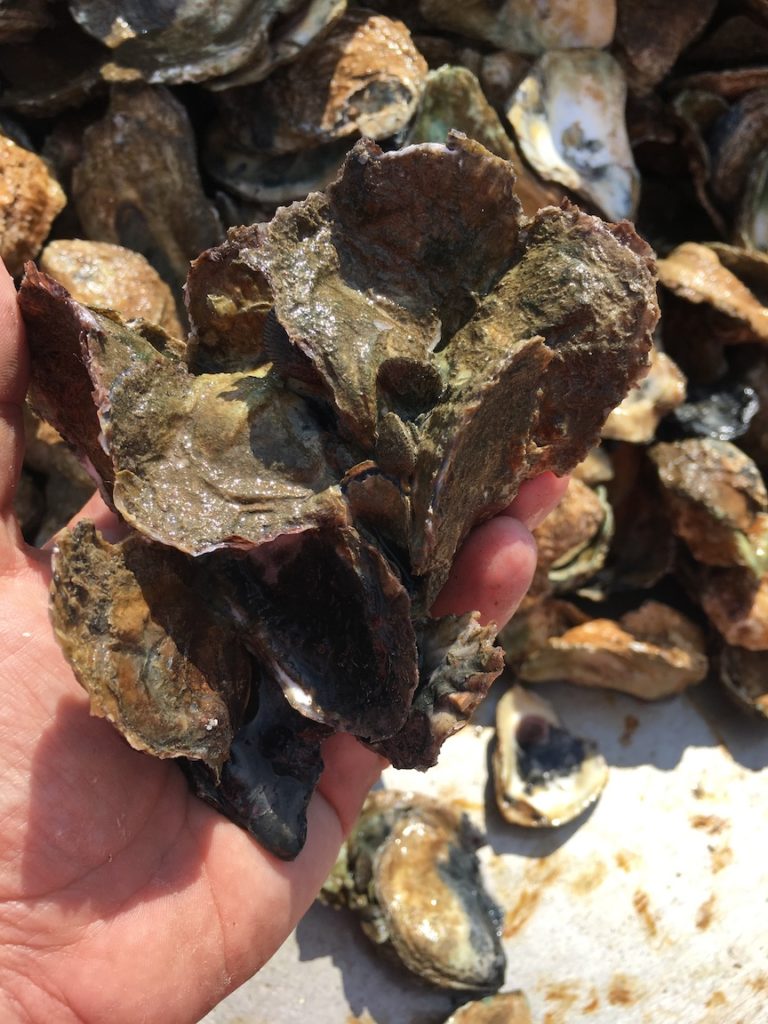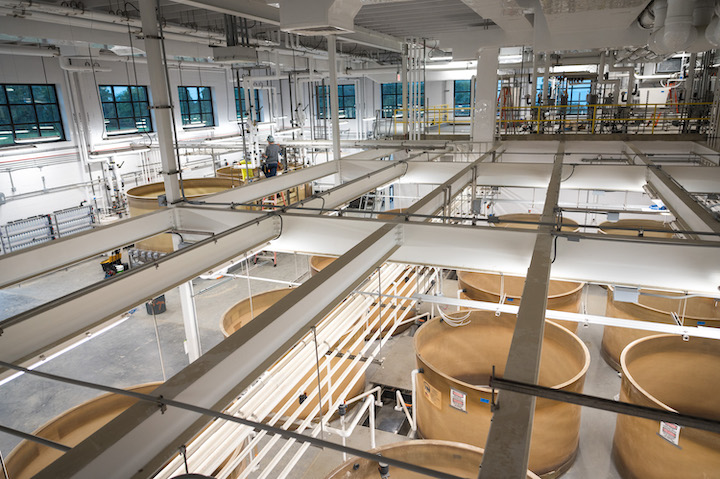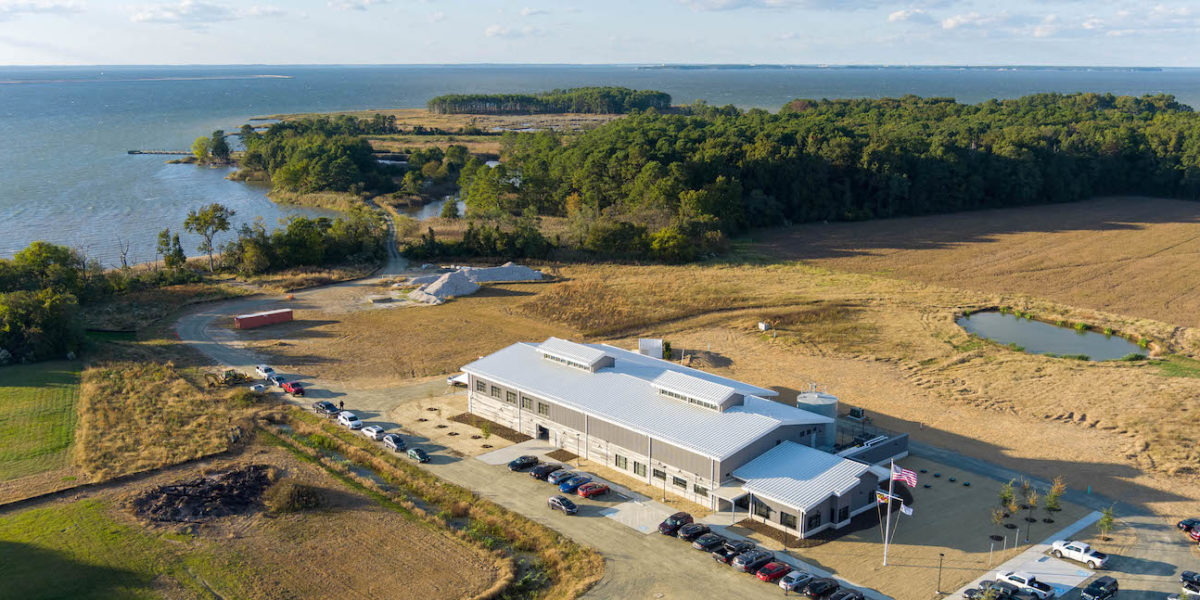When you sit down to enjoy a fresh Eastern oyster, do you think about where it came from? Many of us are familiar with the challenges of regenerating oyster populations in the Chesapeake Bay, so should we feel guilty about eating these precious commodities?
The answer to that question is no, according Stephan Abel, president and CEO of Ferry Cove Shellfish, one of the largest oyster hatcheries on the East Coast. In fact, by eating oysters, he says, you are actually supporting the overall health of the Bay and fueling its rich historic maritime culture at the same time. The million dollar question is: how?
Where It All Begins
When we think about where oysters come from, we envision the iconic Maryland watermen on their workboats and skipjacks battling fierce weather conditions while using hand tongs and dredges to haul bushels of oysters onto their boats.
In reality, most oysters we eat in restaurants today are farm-raised, not wild caught. As such, many oyster farmers and watermen buy their starter oyster larvae and seed from local oyster hatcheries.

This is where nonprofits like Ferry Cove play a critical role. With annual demand for Chesapeake Bay oysters now exceeding several million bushels per year, Ferry Cove focuses on the production of the Eastern or American Oyster larvae and seed that often feed these harvests, so growers don’t need to rely on Mother Nature alone.
“In Maryland, there are two ways to harvest oyster stock in the Bay,” notes Abel. “There are areas that allow public oyster harvesting but only in specific seasons (October through March), and there are harvest areas where oyster farmers and watermen can plant, grow, and harvest oysters on land leased from the state.”
It’s a Matter of Science
The science behind oyster farming is complex. Oysters start out microscopic in size and can take up to two years to fully grow. “When they leave our hatchery, the baby oysters are only a fraction of the width of a human hair,” explains Abel. “Taken together, one million of them only amount to about the size of a ping-pong ball.”
Oysters grow best in stable brackish and salt water. The Bay’s ever-changing salinity levels, dissolved oxygen, and temperature conditions make the waters of the Chesapeake a challenging environment for oysters and other shellfish. Fortunately, Ferry Cove’s state-of-the-art hatchery facility in Sherwood, MD, is able to mitigate all these conditions, enabling the facility to achieve maximum production, even under less-than-ideal water quality conditions.

This makes oyster growers an important part of the overall mission of oyster regeneration. “Think of it like forestry management,” says Abel. “You can let trees grow naturally and hope there will something to harvest in 10 years, or you can continually plant trees and guarantee that you will have something to harvest in 10, 20, or 30 years. Hatcheries do much the same thing for oysters.”
A Critical Mission
By providing oyster larvae and spat to the oyster growing community, Ferry Cove is a critical driver of this sustainable lifecycle. It also helps to support the historic watermen culture and community that is such a part of Maryland’s history.
“Shellfish and Maryland are synonymous,” Abel says. “The history of the City of Baltimore and Maryland’s Eastern Shore are wrapped around shucking houses. If you can continue to support that livelihood and at the same time improve the overall Bay health, it benefits everybody. You get a high-protein food source. You help the environment by filtering the Bay and supporting marine habitat, and you support the local economy. There is no downside.”
This should be good news to all oyster-loving foodies who enjoy the bounty of these beautiful waters (and we count ourselves in that number!). Thanks to the Bay’s commercial oyster growing industry, we don’t have to feel guilty about what is on our plates. “Most of the oysters that are served in restaurants are farm-raised,” Abel concludes. “Someone is planting those oysters, harvesting them, and bringing them to the market. This makes oysters a sustainable and guilt-free food.”
Sustainably,
Bobby Firestein
For our 2022 Ecoprint calendar, Protecting the Natural Beauty of the Chesapeake Bay, we have partnered with 13 different organizations, all dedicated to helping solve the environmental challenges in this important ecological hub. Ferry Cove Shellfish is our featured partner for the month of October. To get your own 2022 Ecoprint calendar, click the button below.

